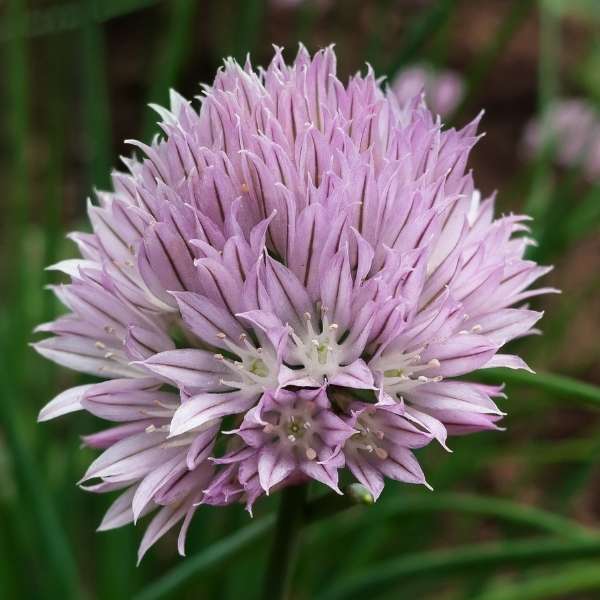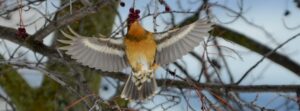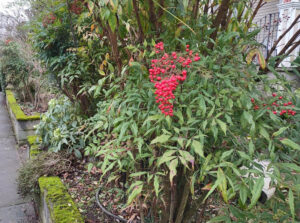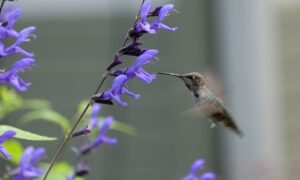Chives are a perennial member of the onion family that sport beautiful edible flowers. Plus, they’re a wonderful companion plant that helps deter pests. Common chives consist of clumps of small, slender bulbs that produce thin, tubular, blue-green leaves reaching 10-15 inches in height. The edible, flavorful flowers may be white, pink, purple, or red, depending on variety.
Description from almanac.com
Home > Plant Guide >
Scientific Name
Family
Garden Type
Wildlife
Native Plant Region
Light needs
Water Needs
Plant Type
Bloom Color(s)
Height
Width
Months in Bloom
Safe Beneath Power Lines?

We’d like to maintain accurate and robust plant listings. If you see information that is not correct or that could be added to improve the listing, please let us know. Or if you’d like to suggest a plant to add to our plant guide, you can use this form do so. Thank you!

Take a virtual trip across Capitol Hill to learn about urban habitat types, how to identify the unique birds they support, and what we can do to make the neighborhood a safer place for them to live.

New types of vegetation can attract additional wildlife to an area. You might be surprised how a little green can go a long way!

Some introduced plant species can diminish biodiversity. Other plants produce poisons that can harm wildlife. Learn what plants to avoid when figuring out what to plant or remove in your outdoor space.

Learn about diversifying the way architecture is taught and practiced from designers of color.

Protecting the trees and other vegetation that what we currently have is perhaps the most important way to ensure biodiversity in cities.

Gardeners can check out seeds for free from the library to plant. Then after harvest, gardeners bring seeds back to the library for others to enjoy in future growing seasons.
Nature of Your Neighborhood is a collaboration between Birds Connect Seattle, the Capitol Hill EcoDistrict, and the Seattle Bird Conservation Partnership. Our goal is to foster relationships between the people and the nature of their neighborhoods.